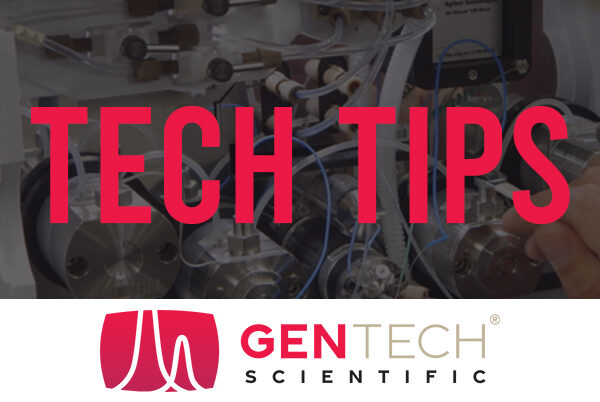Ion-exchange chromatography, sometimes referred to as ion chromatography or simply IEC, is a research method commonly used during biomolecule purification. IEC separates molecules according to their charges to ensure an accurate measurement. Once the molecules are separated accordingly, lab technicians can detect proteins and amino acids. To learn more detail about how ion-exchange chromatography works, read our guide below.
The Fundamentals of IEC
As with any other chromatography method, IEC has a stationary and mobile phase; though the phases depend on the type of ion exchange. The two primary exchanges are anion exchanger and cation exchanger. In most scenarios, either an anion or cation exchanger is suitable, but there are some guidelines to consider. In the event where proteins are stable above its pl––that is, its isoelectric point––an anion exchange resin is most appropriate. The reason is because the molecule’s net charge is negative and the anion exchange resin would provide a positive charge. Resolving back to stationary and mobile phases, the stationary phase would be positive while performing anion exchanges. Alternatively, the stationary phase is negative in cation exchanges.
The Workflow
The process of ion-exchange chromatography is relatively straight forward. To begin an experiment, the lab technician must insert their protein sample in the IEC’s column. Then the process begins with removing impurities from the sample by washing the column with salt gradient or an adjustment in pH. Once the sample is primed, the machine’s pump will push the sample through the components. Part of the process requires the sample to pass through the suppressor which minimizes electrical conductivity from surrounding chemicals. Consistent with other chromatography machines, the process ends with a detector that rigorously measures the sample’s charges. Most labs will use an electrical conductivity detector when using IEC as it’s among the simplest detectors to use. That said, some research may require an amperometric detector which is much more sensitive to molecular shifts in the sample.
Every lab professional should be familiar with the various types of chromatography including IEC. Now that you understand how ion-exchange chromatography works, you should consider investing in an IEC machine. Luckily, IEC machines aren’t always expensive if you shop for refurbished equipment from a dependable supplier.
Whether you’re looking to buy used scientific equipment or wish to sell or trade your old analytical instruments, GenTech Scientific is the supplier for you. Our team consists of industry experts so you can have peace of mind that you’ll receive top-quality products and customer service. If you have any questions regarding buying, selling, trading, or financing equipment, don’t hesitate to contact us today.
Contact GenTech to inquire about our current inventory of quality refurbished ion chromatography instruments.







